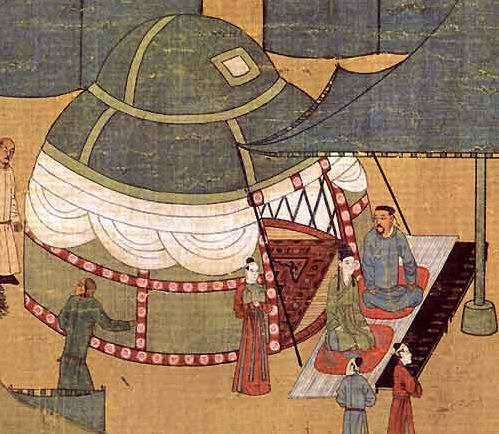on Sundays and holidays.
The English kings often hired Welsh and French archers to serve in their armies. These bowmen served as levies or contractors. The latter were often semi-professional troops who lived on the lands controlled by noblemen or the crown. They were employed in the wars overseas.
The system of low wages and irregular payments was counterbalanced by such "bonuses" as plunder and ransom. The transfer of a VIP prisoner demanded a circle negotiations; the warrior's captain, the superior commander and even the king were involved. The main sum was fairly paid for the captor.
There were no training camps for the warriors to practice archery, just holiday recreation and hunting trips. Bowmen was a privileged business and the kings were responsible for their armory and weapons. They wore helmets and had their body protected. This equipment was kept in stock to be handed in time of need.
The English longbow used in military context was standard and mass-produced. It could be crafted from a single piece of wood within a couple of hours. It stretched at 1.85 m in length and was able to strike at 250-330 m (though each researcher sticks to different values) according to modern reconstructions which enables it to rival with the Mongol composite bow.
At the end of a battle, a cry of havoc signaled the close of hostilities and the outset of plundering. However, a premature, unsanctioned call might spell a death penalty as it could throw the battle formation into confusion.
See more details http://www.realmofhistory.com/2016/05/03/10-interesting-facts-english-longbowman/


